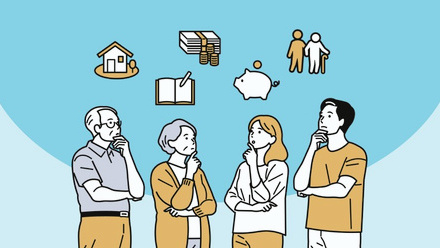How rewards can ease the burden on employees of rising food costs
In March this year, food inflation was measured at 19.2%. According to the ONS, this was the highest level for more than 45 years. Food prices are now a remarkable 9% higher than they were a year ago.
Although some other household costs are starting to fall, rising costs of bread and cereals and other foodstuffs mean the trend is likely to continue. Helen Dickinson, chief executive of the British Retail Consortium, has warned that shop price inflation “has yet to peak”.
This is unwelcome news for employees after two years of tightening their belts, shopping at the cheapest stores and swapping brands for supermarket labels.
Hybrid working has also affected the usual ways that employers support staff wellbeing and healthy eating. Remote workers are not in the office to use a free or subsidised canteen or for the weekly free fruit drop.
For employers committed to supporting employees through the cost-of-living crisis, the message is clear. Many people are going to be feeling the pinch of rising food costs for some time and the crisis is far from over.
Set up a benefits scheme specific to food
Employers that want to show they understand and support employees on this critical issue must find a way to get money into employee’s pockets, quickly and securely. The other challenge is to ensure any financial support they provide is ring-fenced for food.
This is where rewards and benefits professionals come into play. For example, schemes built around eGift card and pre-paid cards are a flexible and easy-to-manage solution. Such platforms typically include access to hundreds of brands, including travel, leisure, fashion and homeware. But, crucially, access can be limited to supermarkets and a range of restaurants, cafes, and food delivery services.
This helps to address the issues that some households on tighter budgets will prioritise paying rent/mortgage, energy and council tax bills over food.
Make food support part of wider support
When organisations offer support specific to food, it’s also important that they recognise that they are likely to be targeting many people who are most hit by the cost-of-living crisis. In-work poverty is at its highest level since records began in 1996.
To drive take-up, communications should focus on providing practical information to employees on how to redeem the benefit as well as how easy the process is.
But, more importantly, employers should think about including regular, personalised messages about additional resources that are available – such as financial education, employee assistance programmes or other support they offer through their financial wellbeing hub.
The crisis means employers must find quick, simple solutions to offer employees practical support that makes a difference to day-to-day spending. But it’s also important they make sure the way they communicate and offer help aligns with their overall approach to financial and mental wellbeing and the wider support they offer.
Supplied by REBA Associate Member, Edenred
We help you build stronger connections with your employees to drive higher engagement&performance.







